Free April Desktop Calendar – Antarctica
My free April desktop calendar features an image from Antarctica’s glorious La Mer Channel.
My free April desktop calendar features an image from Antarctica’s glorious La Mer Channel.
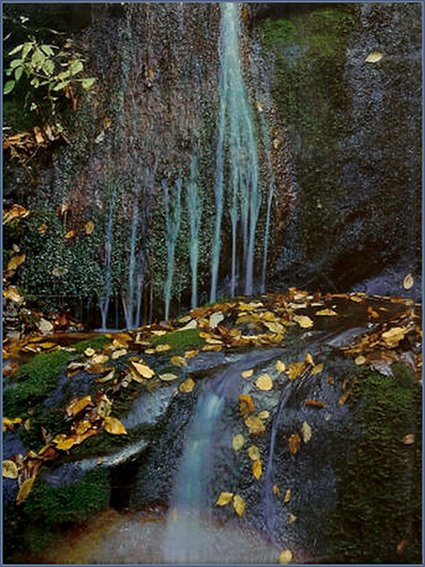
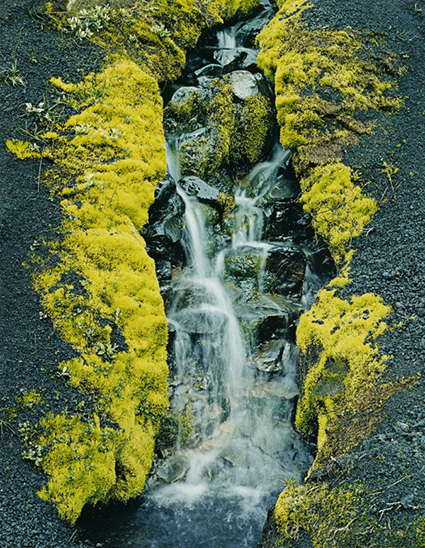
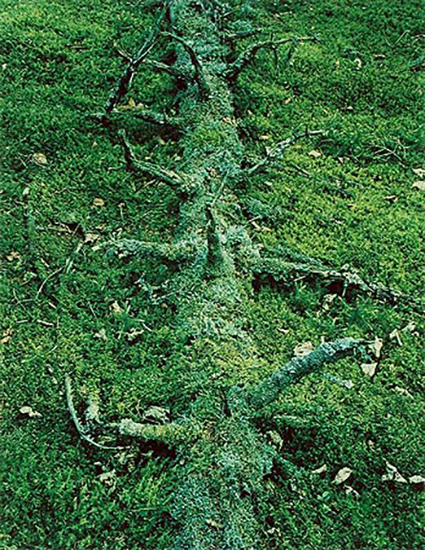
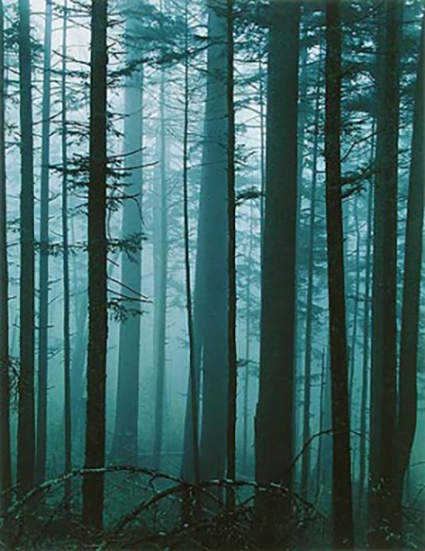
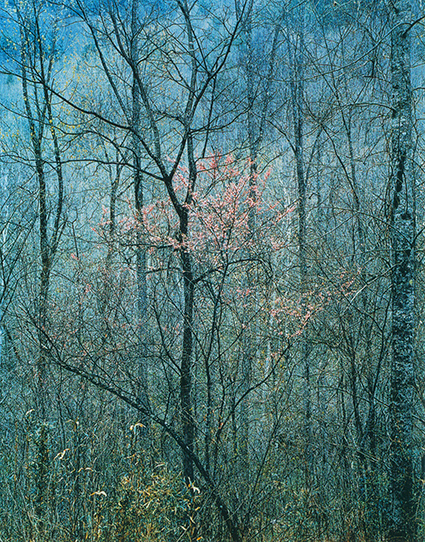
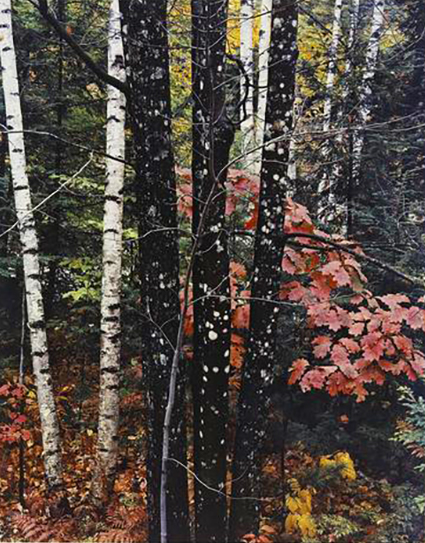
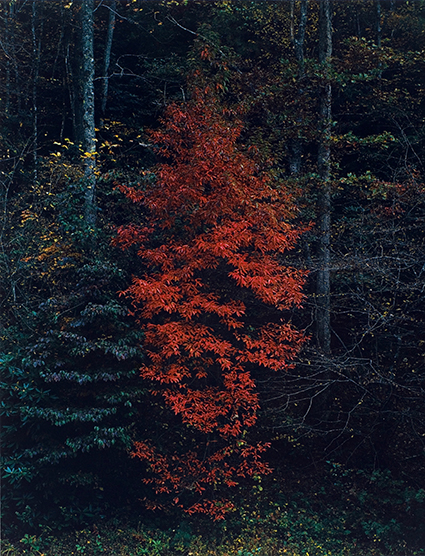
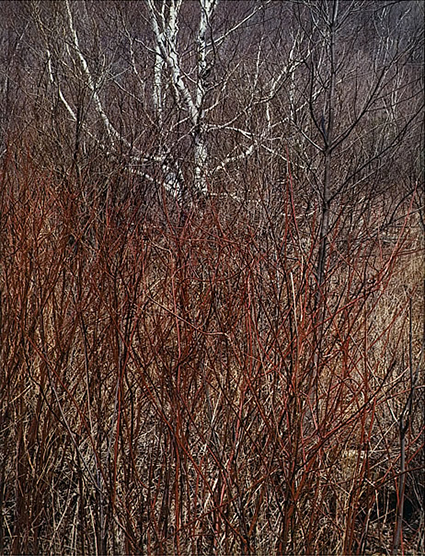
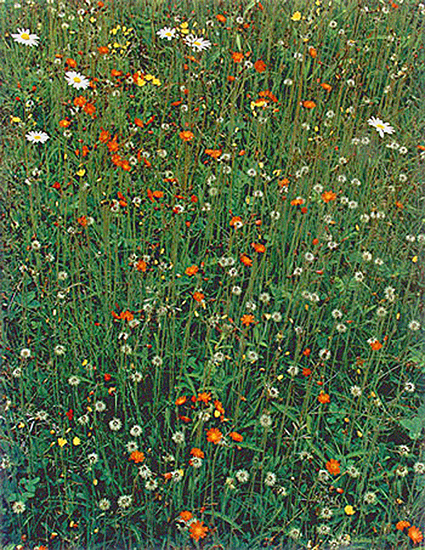
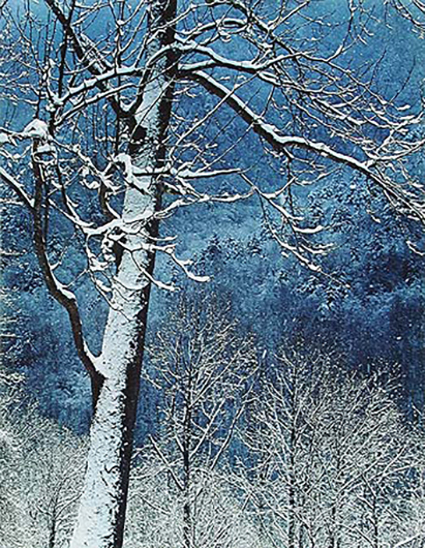
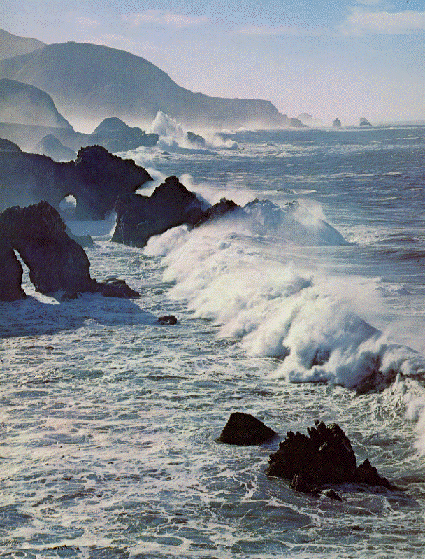
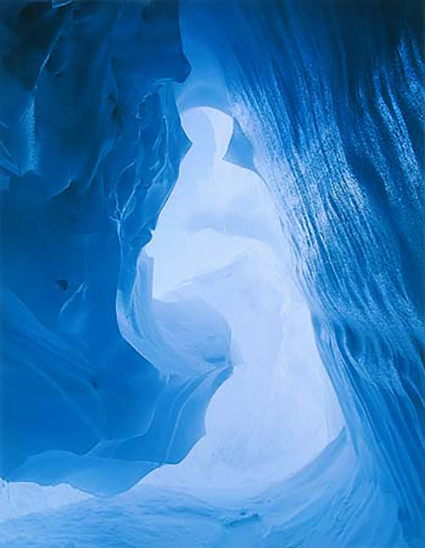
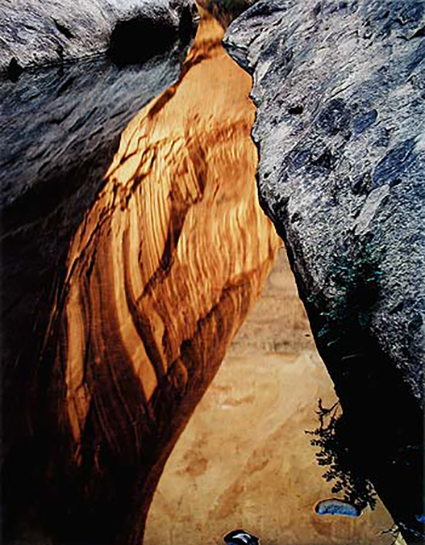
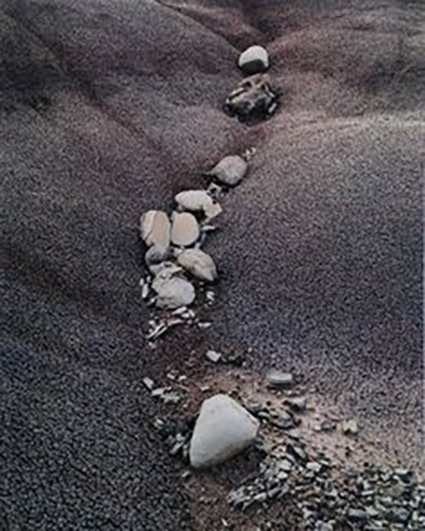
Enjoy this collection of photographs by Eliot Porter.
Read a collection of quotes by Eliot Porter here.
View a documentary on Eliot Porter here.
View more 12 Great Photographs collections here.

Enjoy this collection of quotes by Eliot Porter.
“Every photograph that is made whether by one who considers himself a professional, or by the tourist who points his snapshot camera and pushes a button, is a response to the exterior world, to something perceived outside himself by the person who operates the camera.” – Eliot Porter
“You learn to see by practice. It’s just like playing tennis. You get better the more you play. The more you look around at things. The more you see. The more you photograph. The more you realize what can be photographed and what can’t be photographed. You just have to keep doing it.” – Eliot Porter
“Photographs are believed more than words; thus they can be used persuasively to show people who have never taken the trouble to look what is there.” – Eliot Porter
“Photography is a strong tool, a propaganda device, and a weapon for the defense of the environment…and therefore for the fostering of a healthy human race and even very likely for its survival.” – Eliot Porter
“I don’t think it’s necessary to put your feelings about photography in words. I’ve read things that photographers have written for exhibitions and so forth about their subjective feelings about photography and mostly I think it’s disturbing. I think they’re fooling themselves very often. They’re just talking, they’re not saying anything.” – Eliot Porter
“I do not photograph for ulterior purposes. I photograph for the thing itself — for the photograph — without consideration of how it may be used.” – Eliot Porter
“You learn to see by practice. It’s just like playing tennis, you get better the more you play. The more you look around at things, the more you see. The more you photograph, the more you realize what can be photographed and what can’t be photographed. You just have to keep doing it.” – Eliot Porter
“Sometimes you can tell a large story with a tiny subject.” – Eliot Porter
“But before all else a work of art is the creation of love. Love for the subject first and for the medium second. Love is the fundamental necessity underlying the need to create, underlying the emotion that gives it form, and from which grows the unfinished product that is presented to the world. Love is the general criterion by which the rare photograph is judged. It must contain it to be not less than the best of which the photographer is capable.” – Eliot Porter
“My emotions, instincts, and interests are all with nature.” – Eliot Porter
“Much is missed if we have eyes only for the bright colors. Nature should be viewed without distinction… She makes no choice herself; everything that happens has equal significance. Nothing can be dispensed with. This is a common mistake that many people make: They think that half of nature can be destroyed — the uncomfortable half — while still retaining the acceptable and the pleasing side.” – Eliot Porter
View 1 2 Great Photographs By Eliot Porter.
View a documentary on Eliot Porter here.
Explore The Essential Collection Of Quotes By Photographers.
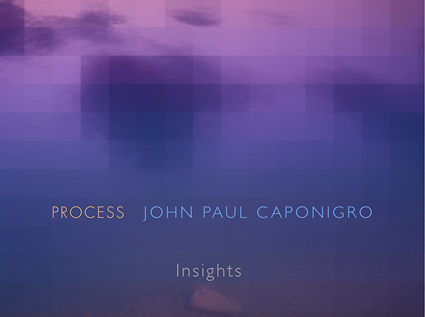
Join me Wednesday, April 1st at the Academy of Art University in San Francisco at … pm.
I’ll present a Canon sponsored lecture on the creative process.
It’s free and open to the public.
Find directions here.
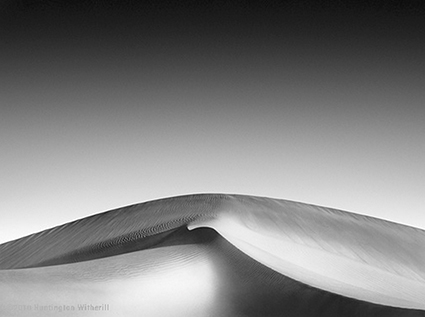
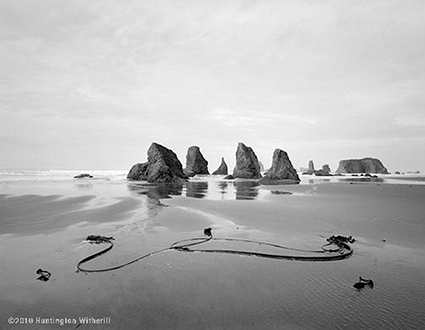
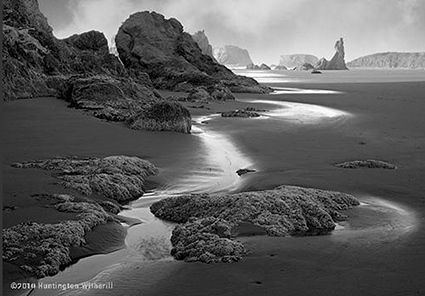
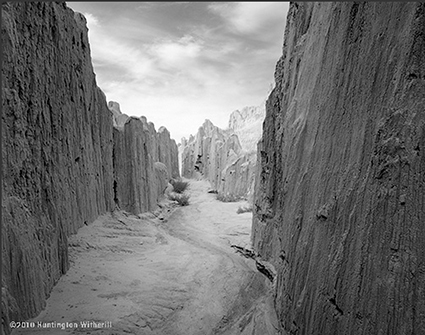
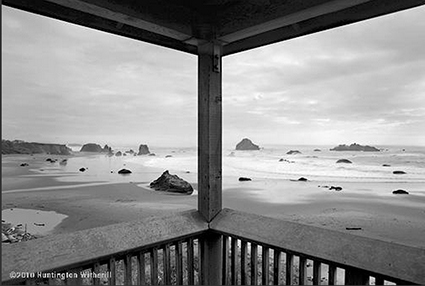
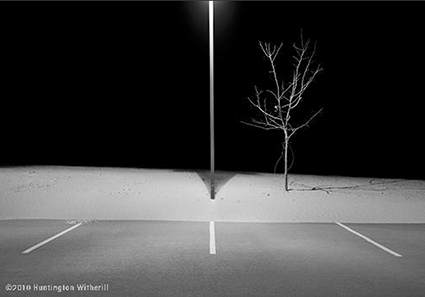
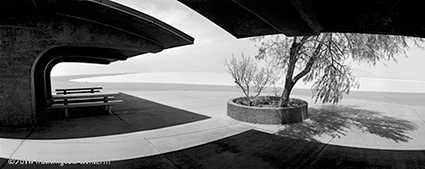
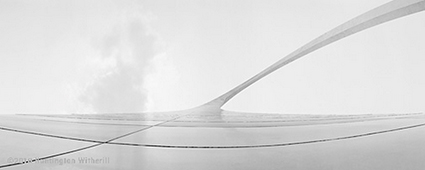
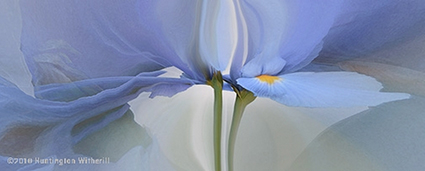
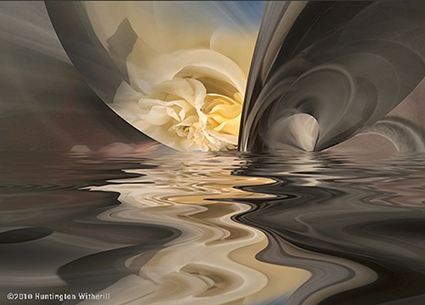
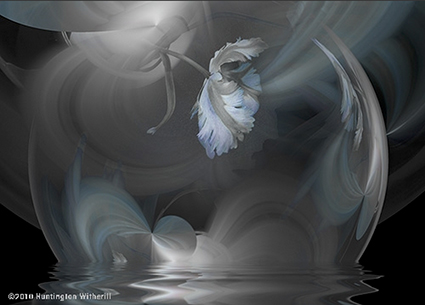
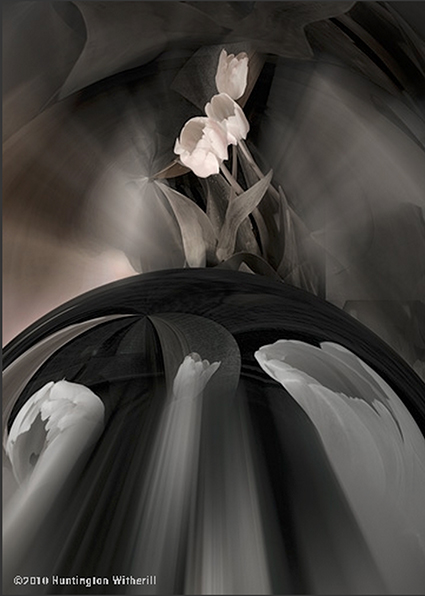
Enjoy this collection of photographs by Huntington Witherill.
Find out more about Huntington Witherill.
Read a conversation with Huntington Witherill here.
View more 12 Great Photographs collections here.
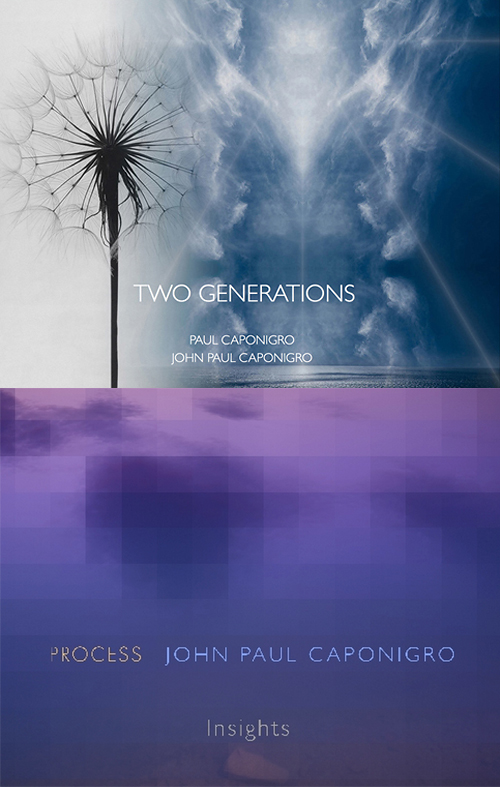
Thursday March 26 at 6 pm I’ll present a Canon sponsored lecture at the Taubman Museum in Roanoke, Virginia.
I’ll discuss the creative process from many angles in a set of interrelated short lectures, sharing my thoughts on photography, telling the stories behind some of my classic images, and demonstrating the techniques I use.
The concurrent exhibits Generations (father / son) and Process will be on display until March 28th.
Find details and directions here.
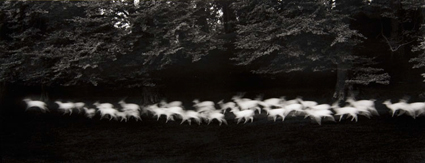
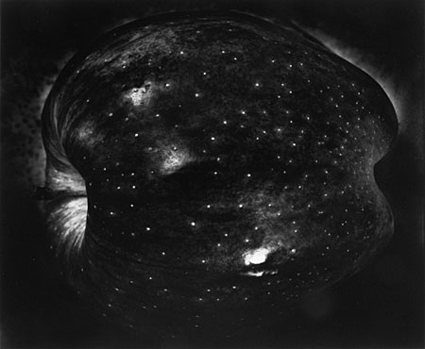
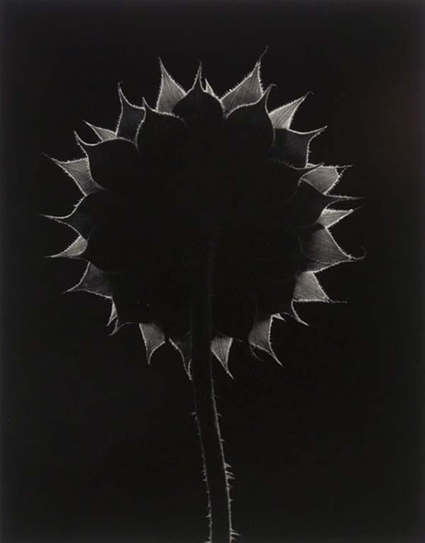
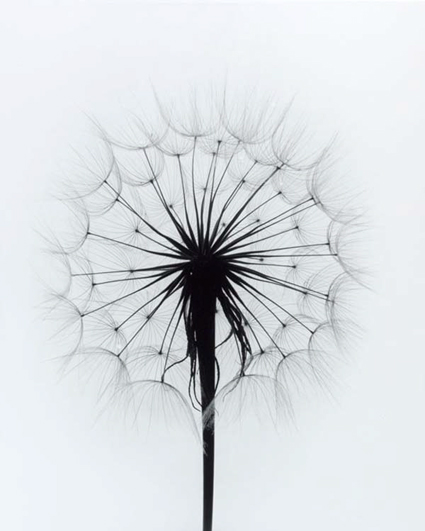
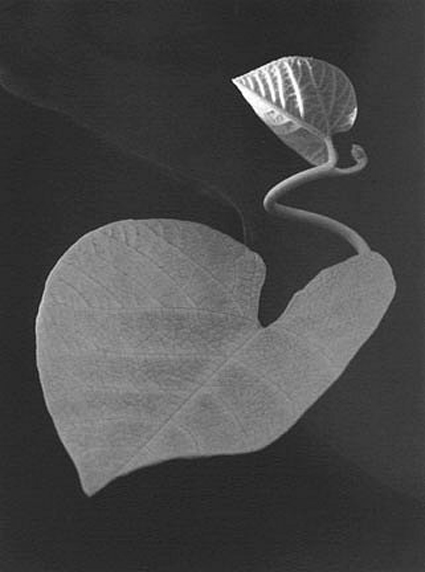
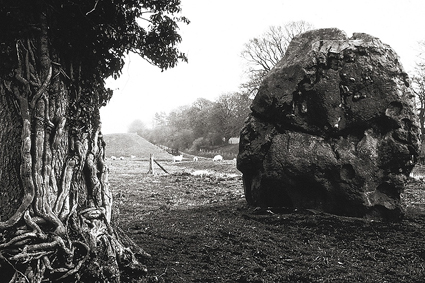
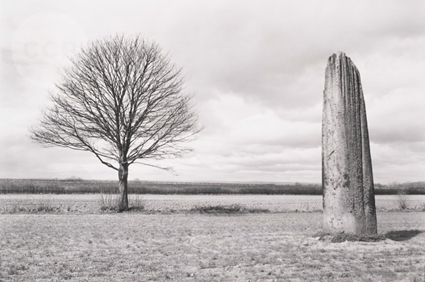
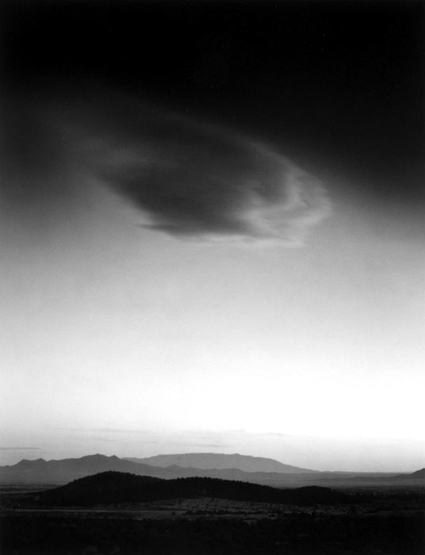
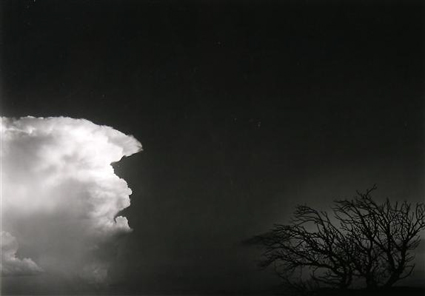
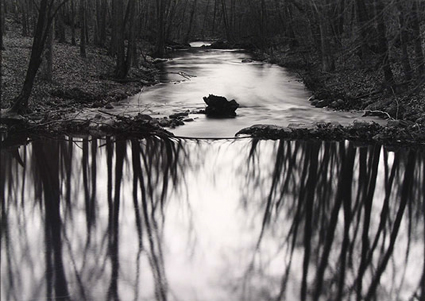
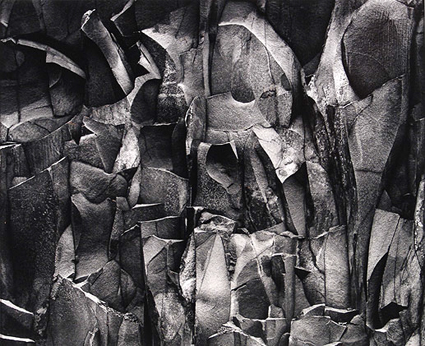
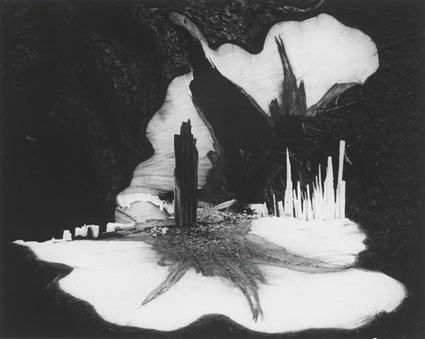
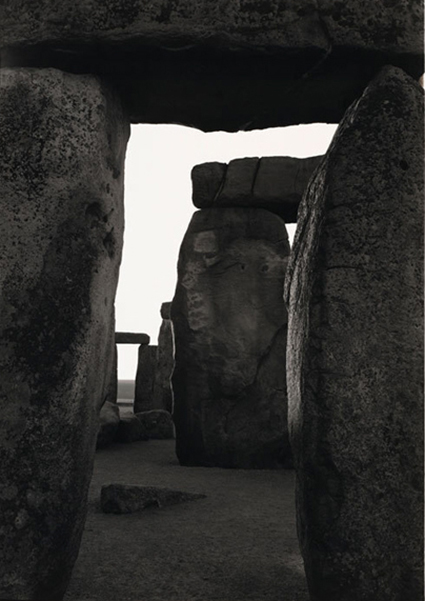
Enjoy this collection of my father’s photographs.
Read a collection of quotes by Paul Caponigro.
Read an interview with Paul Caponigro.
View a documentary on Paul Caponigro.
View more 12 Great Photographs collections here.
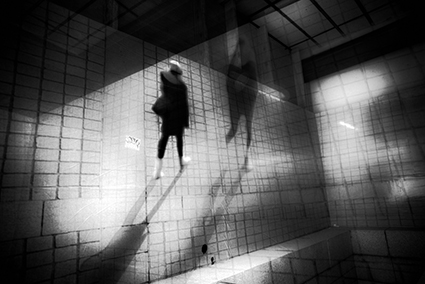
“Actors on a Stage”
It was a lightbulb moment. The ship chugged and crunched its way through pack ice. The excited babble of the photographers fell to an awestruck silence as we passed one of Antarctica’s most inspiring sights, an iceberg the size of an apartment block with a deep crystal blue interior. I was shooting from the prow. I turned to look back along the deck and saw about 50 photographers, all shooting from the port side. But one – John Paul Caponigro – had moved to the upper deck and was shooting wave crests on the opposite side of the boat. Why?
Later he explained his philosophy as, ‘actors on a stage’. These images weren’t to be seen singly. Rather they were part of a bigger narrative, characters in a story. Some might go on to become heroes, others were bit part players. For me, a lightbulb went on.
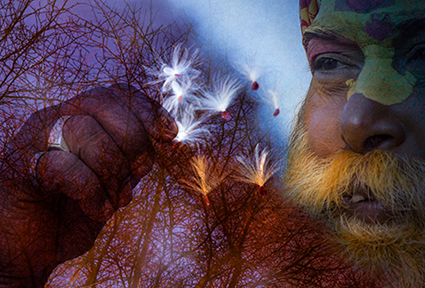
From two to three dimensions. Suddenly I saw an extra dimension to my work in terms of series and stories. Just as individual words/notes have greater meaning together as a poem/song, so images can have more energy when seen as part of a project. I was possibly the last person on the planet to realise this but projects make us think more deeply about our work as iteration takes over from the endless snapping of new images. But why stop there? If a switch of mindset can have such a beneficial effect, what else could I do to stimulate my creativity and take the next step?
From three to four dimensions. Enter stage right; new technology. Collaboration is something we take for granted. As humans we have a basic need to collaborate. We do it every day with partners, friends and colleagues. More recently it has become a buzzword in social media as technology compresses time and distance to give us the tools to collaborate artistically. Think Adobe Creative Cloud, Asana, G+, Dropbox …etc. Now it is coming of age in photography.
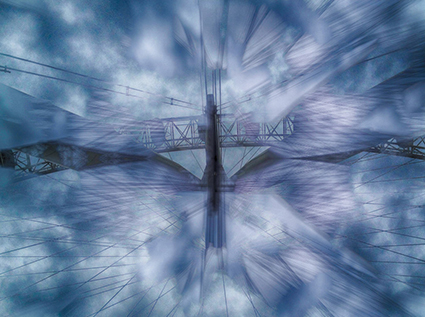
Enter stage left; Eileen McCarney Muldoon, a fine art and travel photographer and educator based in Rhode Island, USA. Since meeting in Tibet two years ago, Eileen and I have collaborated on a variety of projects. We’ve explored multiple exposures, visual rhymes, incorporating words and working in film and digital. Along the way we made a simple but startling discovery–that despite collaboration being so unusual in photography, it produces dramatic results.
And the benefits aren’t just temporary. When that extra dimension transferred back into our solo work, we realised that we had stumbled on something important, which had enabled us to grow artistically. If it worked so well for us –why shouldn’t it work for others?
The inspiration generated by collaboration will lead you to pictures that will astonish you…and your friends. We have developed a range of tools and techniques to guide you through the collaborative process. You can learn more by checking out ‘Visual Conversations’, a workshop I’m co-teaching with Eileen McCarney Muldoon at Maine Media College, starting June 21st 2015.
Find out about the Visual Conversations Workshop here.
Find more Alumni Success Stories here.
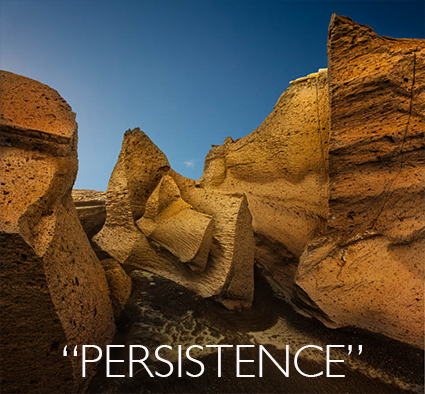
Here’s a collection of my favorite quotes on Persistence.
“A river cuts through rock, not because of its power, but because of its persistence.” – Jim Watkins
“There are two ways of attaining an important end, force and perseverance; the silent power of the latter grows irresistible with time.” – Sophie Swetchine
“Nothing in the world can take the place of persistence. Talent will not; nothing is more common than unsuccessful men with talent. Genius will not; unrewarded genius is almost a proverb. Education will not; the world is full of educated derelicts. Persistence and determination alone are omnipotent. The slogan Press On! has solved and always will solve the problems of the human race.” ― Calvin Coolidge
“Energy and persistence conquer all things.” – Benjamin Franklin
“Patience, persistence and perspiration make an unbeatable combination for success.” – Napoleon Hill
“Ambition is the path to success. Persistence is the vehicle you arrive in.” – Bill Bradley
“The three great essentials to achieve anything worthwhile are, first, hard work; second, stick-to-itiveness; third, common sense.” ― Thomas A. Edison
“Perseverance is a great element of success. If you only knock long enough and loud enough at the gate, you are sure to wake up somebody.” – Henry Wadsworth Longfellow
“I do not think that there is any other quality so essential to success of any kind as the quality of perseverance. It overcomes almost everything, even nature.” – John D. Rockefeller
Read More

